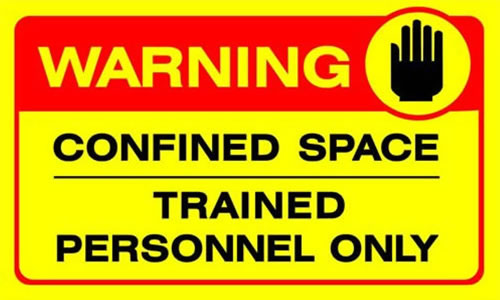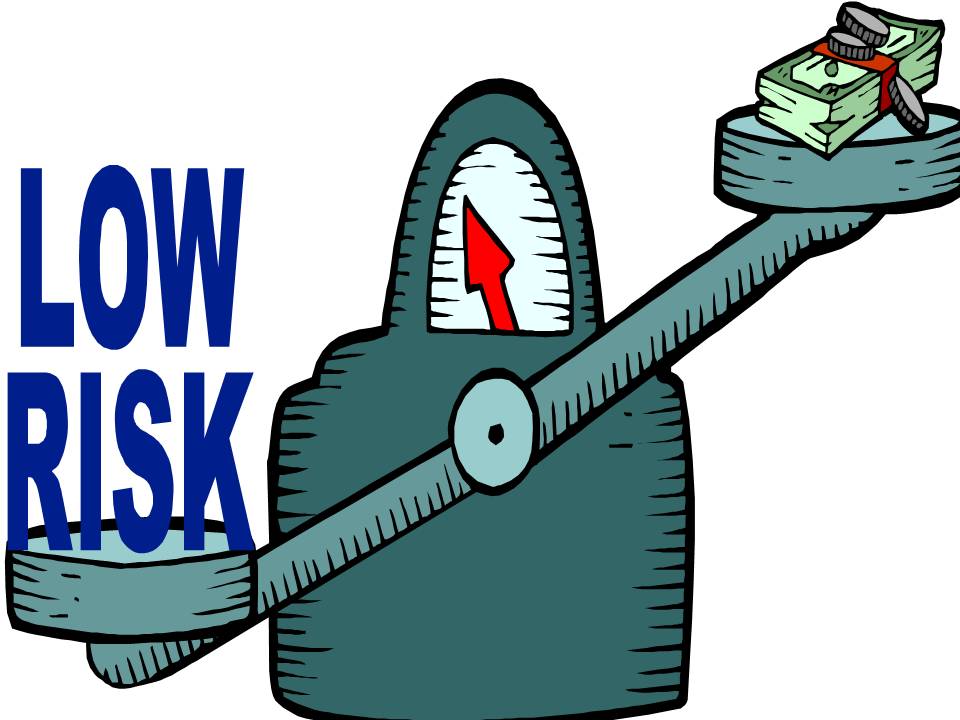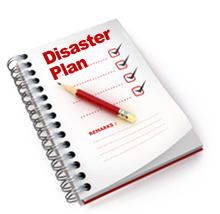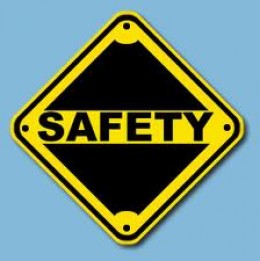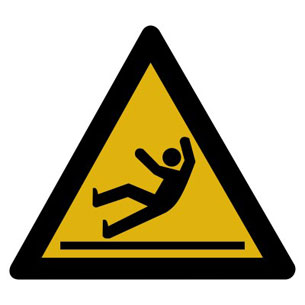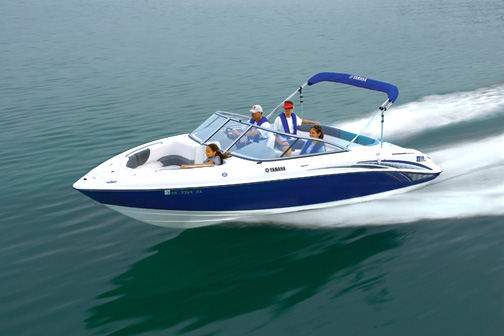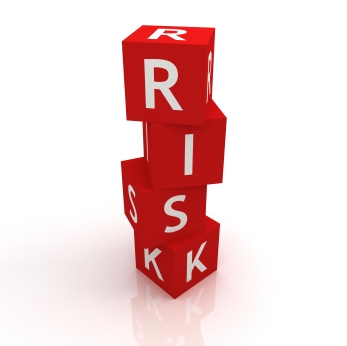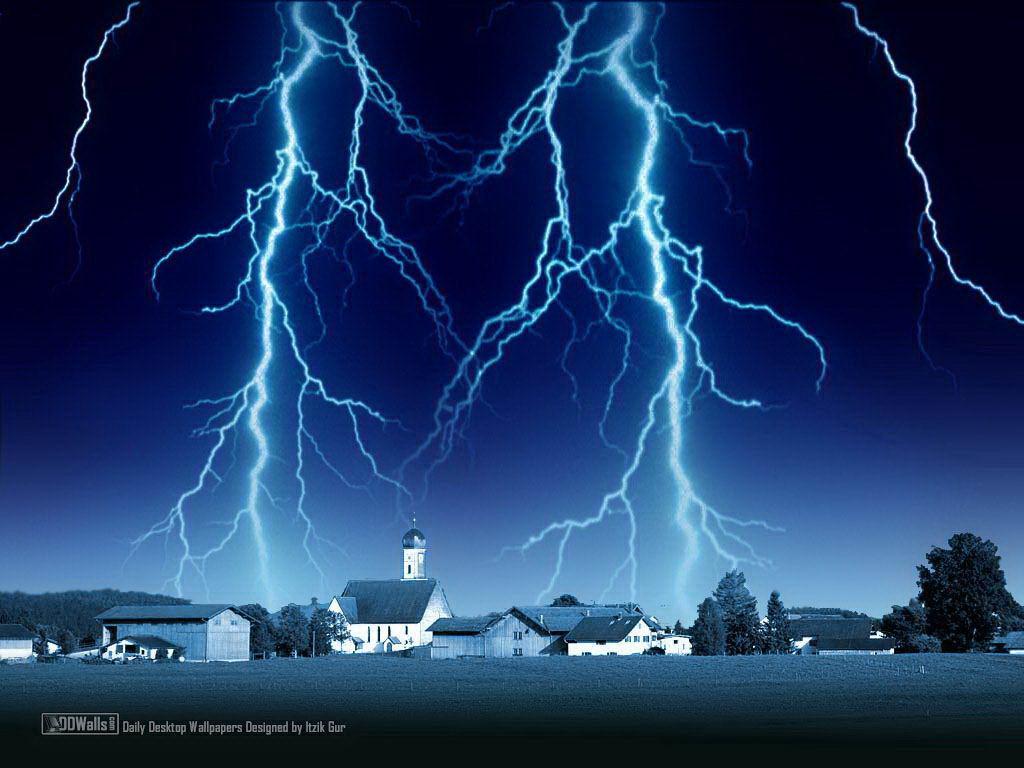 Summer is the peak season for one of the nations deadliest weather phenomena— lightning. But don’t be fooled, lightning strikes year round. In the United States, an average of 54 people are reported killed each year by lightning. To date, there have been 16 deaths in 2012. Hundreds of people are permanently injured each year. People struck by lightning suffer from a variety of long-term, debilitating symptoms, including memory loss, attention deficits, sleep disorders, chronic pain, numbness, dizziness, stiffness in joints, irritability, fatigue, weakness, muscle spasms, depression, and more. Lightning is a serious danger.
Summer is the peak season for one of the nations deadliest weather phenomena— lightning. But don’t be fooled, lightning strikes year round. In the United States, an average of 54 people are reported killed each year by lightning. To date, there have been 16 deaths in 2012. Hundreds of people are permanently injured each year. People struck by lightning suffer from a variety of long-term, debilitating symptoms, including memory loss, attention deficits, sleep disorders, chronic pain, numbness, dizziness, stiffness in joints, irritability, fatigue, weakness, muscle spasms, depression, and more. Lightning is a serious danger.
via NWS Lightning Safety.

